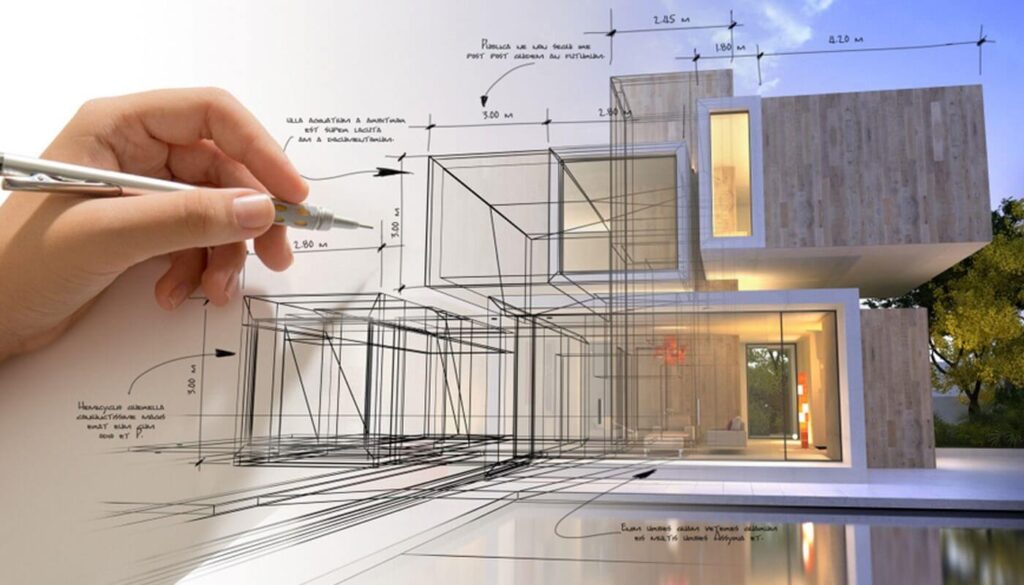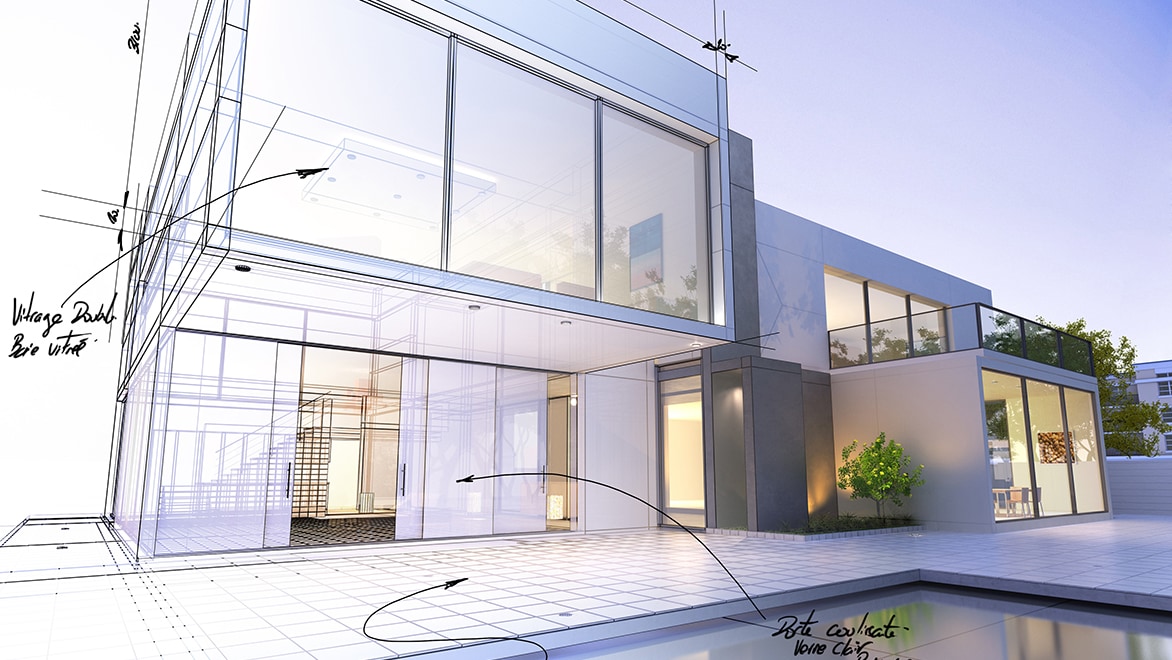Exactly How CDA Architects Deliver Cutting-Edge Solutions for Lasting Style
Exactly How CDA Architects Deliver Cutting-Edge Solutions for Lasting Style
Blog Article
The Essential Role of an Architect in Forming Sustainable Urban Atmospheres for Future Generations
The function of an engineer in crafting sustainable city atmospheres is significantly essential in replying to the challenges of climate change and urbanization. By perfectly integrating eco-friendly principles into their styles, engineers not just boost the aesthetic and functional high quality of city areas but additionally address pressing issues such as energy performance and social equity. Their proficiency in innovative materials and neighborhood engagement shapes developments that resonate with regional values and aspirations. As we explore the intricacies of this area further, it becomes apparent that the future of city living might pivot on the very practices engineers utilize today.
Recognizing Sustainable Urban Style
Sustainable urban layout integrates eco-friendly concepts with metropolitan preparation to develop atmospheres that are not just comfortable yet additionally durable. This approach highlights the relevance of including natural systems right into the city material, making sure that growth fulfills the demands of the here and now without jeopardizing the ability of future generations to fulfill their own requirements. Key elements of sustainable urban style include reliable land use, the promotion of biodiversity, and the assimilation of green spaces, every one of which add to enhanced quality of life for residents.
Furthermore, lasting metropolitan design focuses on the decrease of the city warmth island effect, enhanced air top quality, and reliable stormwater monitoring. It encourages making use of eco-friendly resources and energy-efficient structure practices, which significantly lower carbon footprints. Sustainable city design fosters social equity by developing available public areas and advertising mixed-use growths that cater to varied populations.
Via thoughtful planning and innovative style techniques, sustainable city environments can enhance area durability versus environment modification while promoting financial development. This alternative approach not just addresses prompt urban difficulties but also prepares for much healthier, much more lasting cities for generations ahead.
Key Duties of Architects
Engineers play a crucial duty fit sustainable urban atmospheres by translating layout concepts into concrete structures and spaces. Their responsibilities incorporate a large array of tasks that contribute to the total success of metropolitan layout jobs.
Firstly, engineers perform detailed site evaluations to understand the environmental, social, and cultural context of their jobs. This fundamental understanding educates their design decisions, guaranteeing that structures harmonize with their environments. They additionally participate in joint processes with stakeholders, consisting of city planners, engineers, and the neighborhood, promoting a comprehensive approach to urban advancement.
In addition, architects are tasked with creating styles that maximize power efficiency, resource preservation, and capability. They must comply with regional zoning legislations, building codes, and sustainability qualifications, ensuring compliance while pushing the limits of advancement.

Ingenious Materials and Techniques
In the search of environmentally accountable design, cutting-edge products and techniques have actually arised as essential elements in the production of sustainable urban settings. Engineers are progressively using materials that minimize view publisher site ecological influence while boosting power efficiency. Recycled products, such as reclaimed timber and repurposed metals, not just decrease waste yet likewise include distinct visual high qualities to structures.
Additionally, improvements in modern technology have caused the growth of high-performance materials, such as insulated concrete types (ICFs) and photovoltaic or pv glass, which add to power conservation and harness eco-friendly power. Strategies such as passive solar design and eco-friendly roof coverings even more exemplify exactly how style can pop over to this site integrate with all-natural systems, lowering reliance on synthetic heating and air conditioning.
Additionally, the assimilation of clever products, which adjust to ecological changes, offers promising avenues for improving building performance - cda architects. These materials can react to temperature fluctuations or moisture degrees, optimizing comfort and sustainability
Ultimately, the tactical selection and application of innovative materials and strategies encourage designers to produce urban spaces that are not only useful and cosmetically pleasing yet likewise durable and environmentally responsible, guaranteeing a lasting future for generations to find.
Neighborhood Interaction and Collaboration
The success of innovative products and techniques in sustainable urban architecture is considerably enhanced by energetic neighborhood interaction and partnership. Designers should acknowledge that the constructed setting greatly impacts the lives of local homeowners, making it important to include them in the design procedure. Engaging the area promotes a sense of ownership and accountability, making certain that advancements not only fulfill aesthetic and useful requirements however also show the values and ambitions of those who populate them.

Successful community engagement also helps in prioritizing social equity within city growth. By considering the voices of marginalized populations, architects can create spaces that are inclusive and equitable. By doing this, neighborhood interaction and partnership end up being important to accomplishing absolutely lasting urban settings that offer the needs of present and future generations.
Future Trends in Sustainable Design

In addition, advancements in technology are shaping future fads in sustainable style. The combination of clever materials and structure systems allows for real-time power management, improving efficiency and minimizing carbon impacts. Developments such as green roofings, living wall surfaces, and energy-generating facades are ending up being basic techniques, further advertising ecological balance within city environments.
Additionally, a change in the direction of biophilic style is obtaining traction, highlighting the link in between nature and human well-being. By incorporating natural environments, architects produce areas that cultivate mental health and wellness while promoting biodiversity.
Verdict
In conclusion, architects are critical in progressing lasting city atmospheres via their experience in design, innovative materials, and community interaction. By prioritizing energy effectiveness and resource conservation, these experts add to the production of resistant city rooms that satisfy the demands of existing and future generations - cda architects. The integration of environmental principles not only enhances livability but also fosters social equity, making sure growths reverberate with the worths and desires of the areas they offer
Report this page